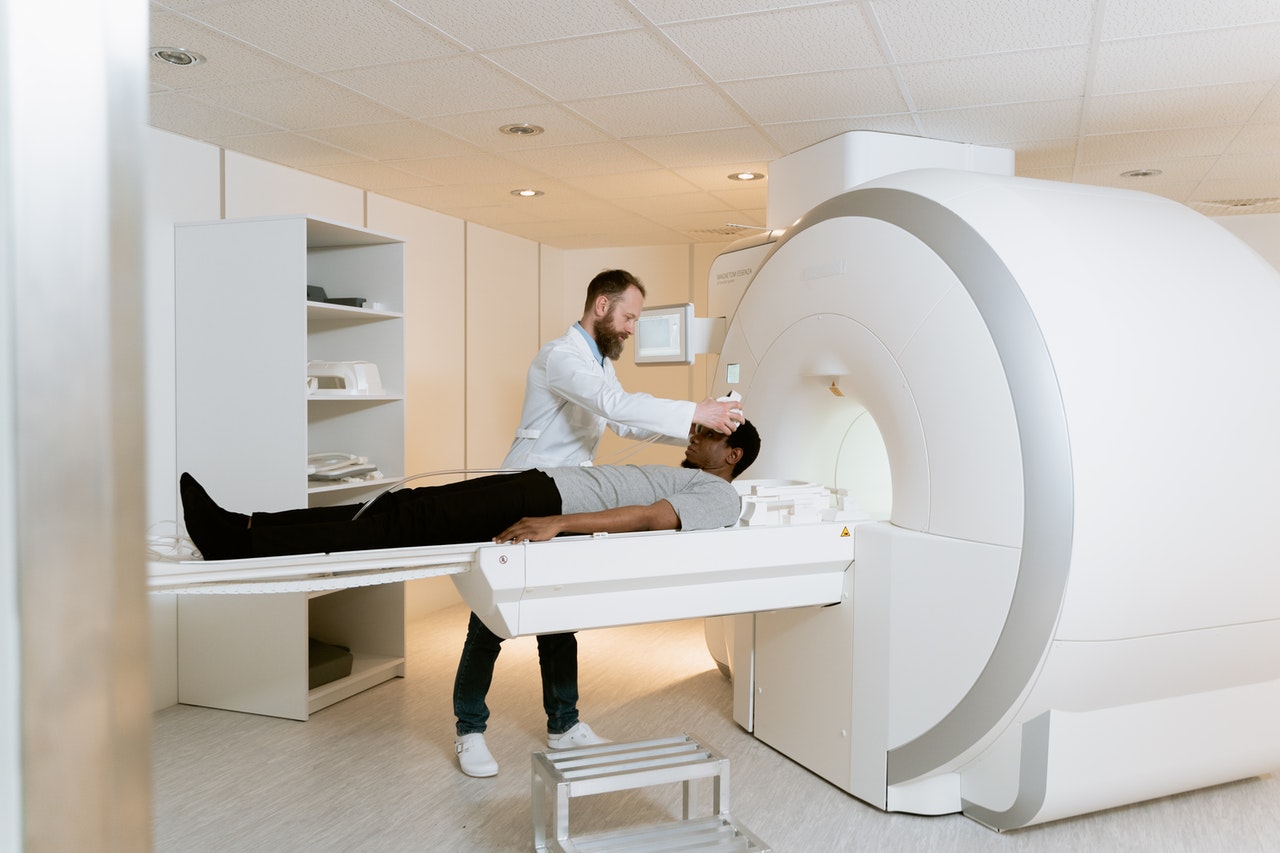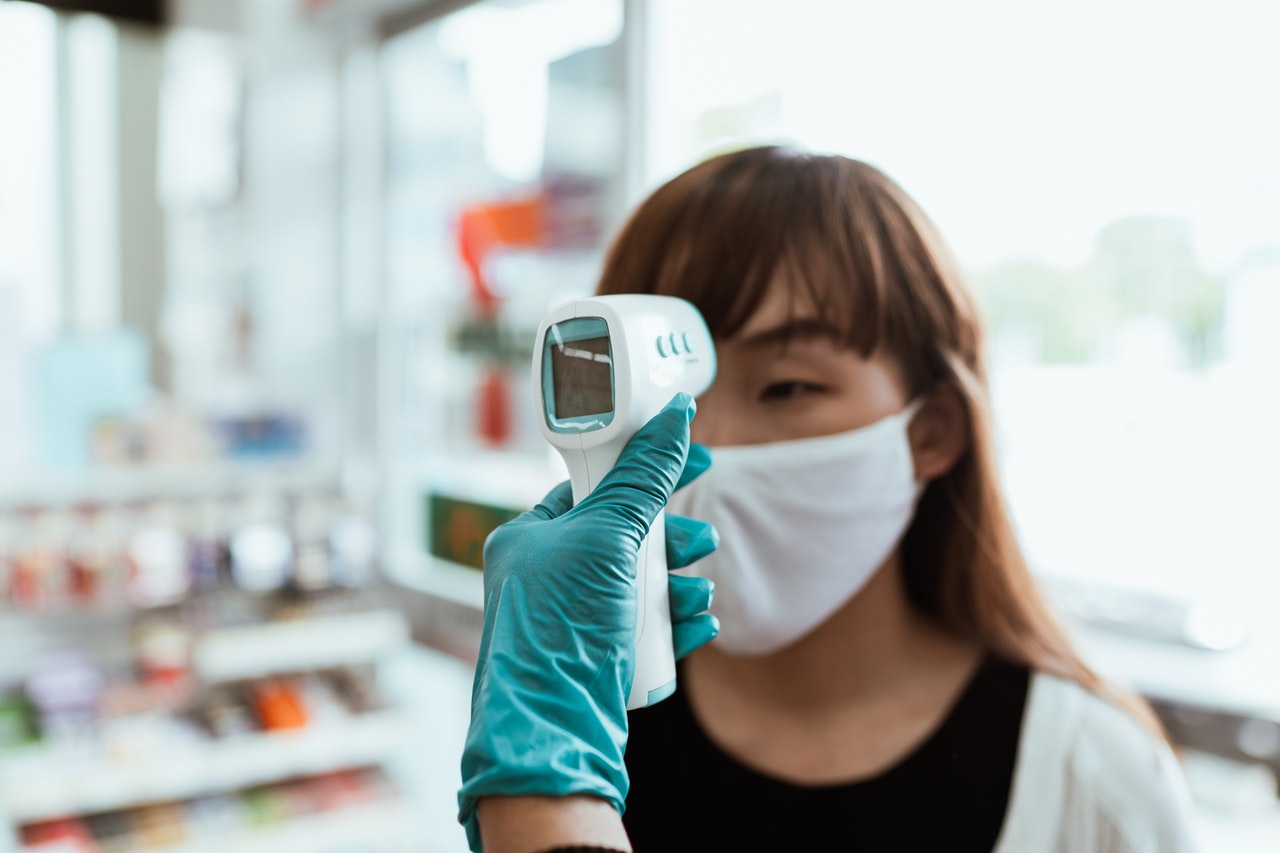The healthcare industry has experienced a rapid transformation over the last decade. It is safe to say that technology has disrupted the industry in a short amount of time. Today, medical professionals are using innovations that were previously unheard of.
Highlighting which tech trends currently affect the healthcare industry and which ones are expected to dominate can help determine where the industry is headed. For healthcare professionals, understanding these key healthcare trends is paramount to boosting the productivity and efficiency of their practices and improving the patient experience.
Make sure you keep on reading our list of the eight trends that will continue to change the healthcare industry in 2021.
1. FHIR
Known as Fast Healthcare Interoperability Resource, FHIR is a draft data standard that takes a modern, internet-based approach to connect the healthcare industry’s different, complex aspects. It offers significant improvements over current standards and has transformed the way it is exchanged among various parties.
FHIR ensures data is accessible and readable, which improves the rate at which it is processed and understood. It also helps eliminate the working time associated with document-based data exchange. These aspects help improve the clinical experience and increase patients’ access to data, empowering them in the process.
2. Electronic Health Records (EHR)
 Every patient’s medical history consists of critical information, such as diagnoses, progress notes, lab results, patient ID information, etc. This information was previously stored in various formats, including audio, video, and, of course, paper.
Every patient’s medical history consists of critical information, such as diagnoses, progress notes, lab results, patient ID information, etc. This information was previously stored in various formats, including audio, video, and, of course, paper.
In the past five years, there has been a 46 percent global increase in the adoption of EHR. With the advent of EHR software, there is no need to store information physically in the form of hard copies, which helps save space and improves efficiency. This software also increases access to patient data, giving way to a holistic approach to medical treatments.
Healthcare facilities can also restrict access to this data with enhanced security that dictates which parties can view these records. Lastly, it simplifies the patient journey and gives way to insurance eligibility verification, direct messaging, refills requests, etc.
3. AI and Machine Learning
Perhaps no technology has impacted the industry more than AI. Not only has it managed to simplify the tasks of hospital administrators and healthcare professionals, but it has also formed the foundation for countless healthcare apps that help people improve and monitor their health as well.
Growth in the AI healthcare market is expected to increase to $6.6 billion by 2021. AI has also given way to assistive robots that can successfully diagnose patients and treat people outside clinics. With the outbreak of COVID-19, AI has even helped in areas like facial recognition with masks, pandemic detection, analyzing CT scans, and thermal screening.
4. The Internet of Medical Things (IoMT)
Several mobile apps and devices have begun playing a significant role in preventing chronic illnesses and tracking for healthcare facilities. IoMT combines telehealth and IoT development to create innovations such as EKG and ECG monitors and wearable technology. It also helps perform medical measurements such as blood pressure, skin temperature, and glucose level readings.
This field is still changing as healthcare professionals aim to overcome communication and connectivity barriers. The industry is also struggling with addressing security concerns and figuring out how to prevent data breaches that could put patients’ information at risk.
5. Telemedicine
While telemedicine has been around for a while, its growth has accelerated due to the ongoing pandemic. Over the next five years, consumers are going to increase their use of digital health services. Telehealth offers several advantages, including eliminating the need for in-person visits, which saves time and reduces unnecessary contact.
Wearable technology also provides professionals access to real-time information on patient data even if they are at home. Additionally, the growth of telehealth is dependent on other tech trends, including EHR. A patient’s medical information integrates with telemedicine apps to provide a complete view of a patient’s health.
6. VR and AR
Virtual and augmented reality are crucial technologies that can significantly improve the telehealth and healthcare sector. They’ve helped improve visits to providers and assisted students in medical procedure simulations.
Another unique area where VR and AR have contributed significantly is in helping stroke victims with their motor deficiencies. To regain motor control, such patients have to be exposed to a robust environment.
This technology gives way to simulated environments that provide immense flexibility that physical environments may not provide. Moreover, AR also helps healthcare providers by giving them access to real-time information that can improve procedures.
7. Image Recognition
 Computer vision, or image recognition, helps medical professionals save time and utilize their imagination and creativity to minimize inaccurate predictions and reach an accurate diagnosis. This is especially useful for conditions such as cancer where time is critical, allowing doctors to start treatments in advance.
Computer vision, or image recognition, helps medical professionals save time and utilize their imagination and creativity to minimize inaccurate predictions and reach an accurate diagnosis. This is especially useful for conditions such as cancer where time is critical, allowing doctors to start treatments in advance.
Healthcare professionals can also use computer vision to detect patterns in different images, which can further help detect pneumonia, dangerous moles, and tumors.
This technology can also be used to monitor health in multiple ways, such as through fitness trackers and even to keep track of blood loss during surgeries, measuring fat percentage in the body, etc.
8. Blockchain
Blockchain technology has the power to change the healthcare industry. It prioritizes the patient and increases the interoperability, security, and privacy of patients’ data. It has a range of applications in the industry and enables the secure transmission of patient medical records, and helps manage the medicine supply chain.
This technology gives way to the seamless transmission of data between patients and multiple healthcare organizations or providers. In the long run, blockchain has the potential to establish a nationwide network for EHR, thereby improving efficiency and resulting in a better experience for patients.
Final Thoughts: Healthcare industry trends rapidly changing the world
New and improved technologies are increasingly changing the healthcare industry. These developments are transforming the patient experience and are likely to become game-changers in the future.
As more healthcare providers become open to adopting these innovations, we are likely to witness more accuracy, security, and accessibility in the industry. The quality of medical services has never been better, with the patient at the center of everything.

The Ideas Plus Business Editorial team is responsible for this post. For collaborations and partnership requests, kindly send an email to the Editorial Team at ideasplusbusiness[at]gmail[dot]com for the terms and conditions. You can also follow IdeasPlusBusiness.com on Twitter here and like our page on Facebook here.

